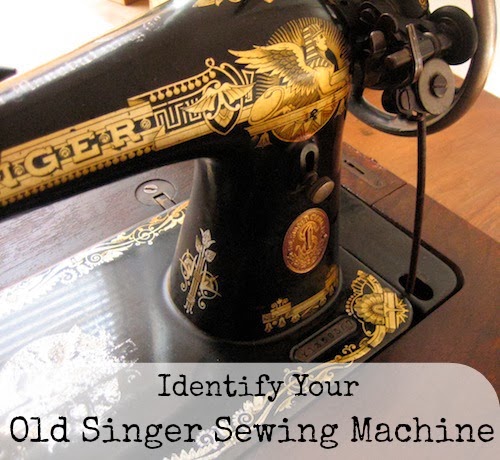

Issac Merritt Singer was a moderately successful actor turned business man and in his personal life a well known philanderer and at least borderline alcoholic. This agreement remained in effect until 1877, when most of their patents expired, the Sewing Machine Combination was both feared and despised any of the non-member manufacturers of sewing machines. The group agreed to end the lawsuits against each other, allow common use of certain of their various patents, and litigate against infringers who violated the patents in their patent pool. In 1856 an agreement was reached between Howe and the major manufacturers in a confederation, which they called the Sewing Machine Combination. This set off what is known as the first patent war in the United States with literally hundreds of suits being filed to attach Howe’s patent and claim part of his royalties as improvements to his design or even against other manufacturers for infringement throwing the young industry into chaos. The exception was Issac Merritt Singer who forced Howe to defend his claim in court and in 1854 Howe prevailed and Singer had to pay him back royalties as wellĪs issue him a minor stake in the Singer Manufacturing Co. Howe demanded that they cease their infringement or pay him a licensing fee and with the sewing machine market building momentum, most readily agreed. 4750 on Septemand after trying his luck in England for a couple of years returned to the America to find that his designs were widely being used in many manufacturers machines.

There is perhaps an even more nefarious reason that Singer machines prior to 1900 are so difficult to put a firm date to.Įlias Howe of Cambridge, MA.
SINGER SERIAL NUMBERS DATING PDF
Please Note that we have additional information on the C Series machines made in Wittenberg and some dating information from other sources listed below in PDF Format that has yet to be verified. In subsequent years beyond 1900 and the advent of lettered prefixes to serial numbers the historical record becomes much clearer but still has discrepancies such as in the C Series when in 1945 the Russian Army destroyed all of the records and looted all of the machinery from the Wittenberg (Prussia) Germany factory. All of these tables are reproduced from those on International Sewing Machine Collectors’ Society (ISMACS) in a more up to date format that will be better displayed on mobile formats and corrected as much as possible with more current information from outside sources there may still be some conflicting information. In the first table below please note that the No Letter Prefix tab will reveal the list of machines from 1871-1899. Rather we have to rely on the range of serial numbers allotted by year to roughly date machines.

For most of the years Pre-1900 when the serial numbers did not have lettered prefixes little production information survives and it is difficult to tell which models were produced when and in what quantities. However when you do a deep dive into what data is available you find that is not necessarily the case.ġn 1908 a massive fire at the Singer offices in Elizabeth, NJ destroyed a large part of the Singer archives dating back to the founding of the company in 1850/51 (Actual date disputed). Some would think that simply by it’s size and hundreds of millions of machines made Singer would be one of the easiest machines to accurately date.


 0 kommentar(er)
0 kommentar(er)
